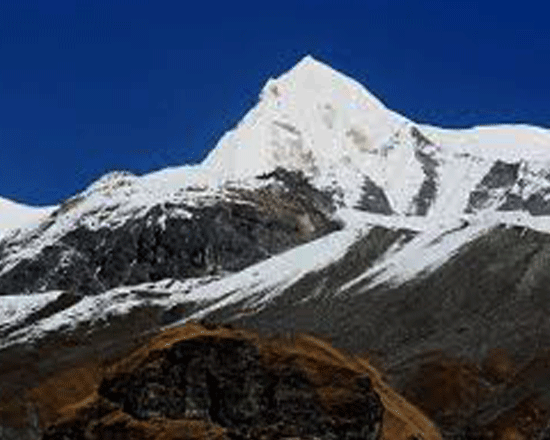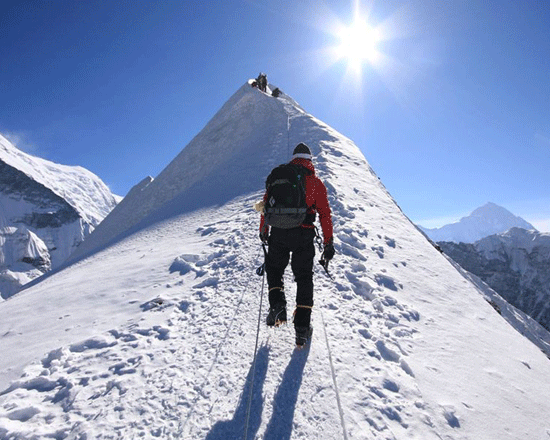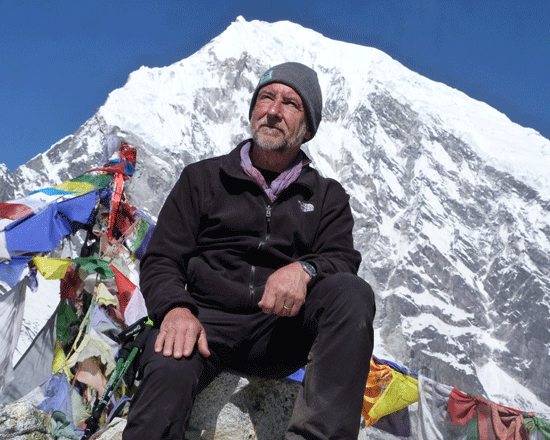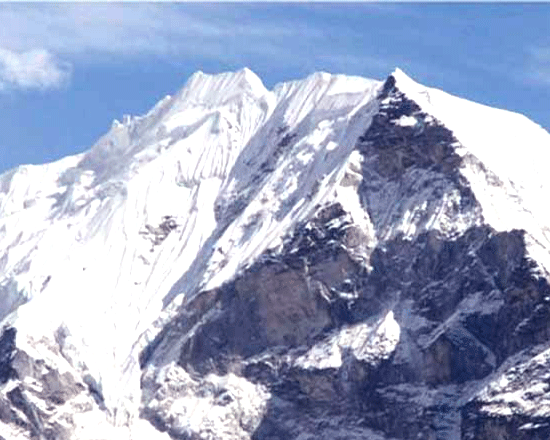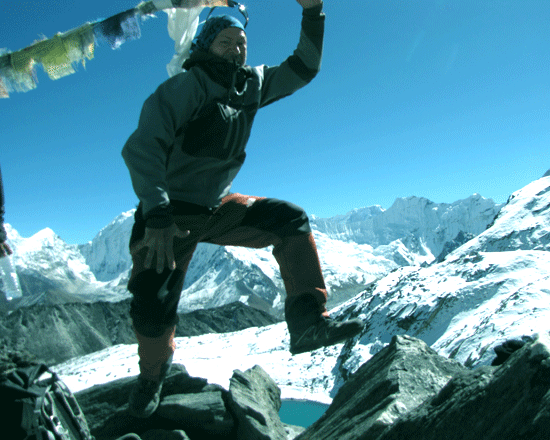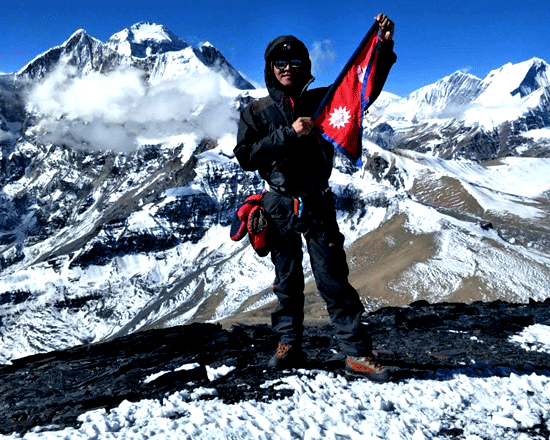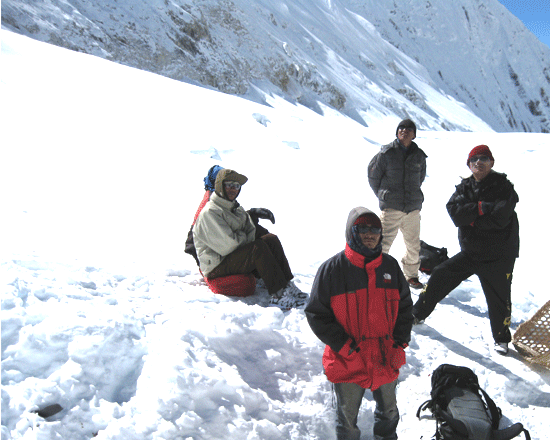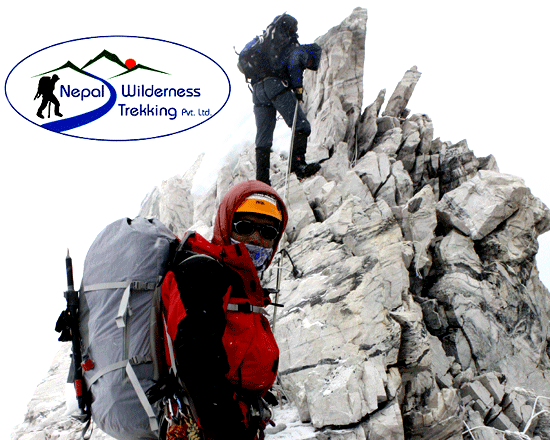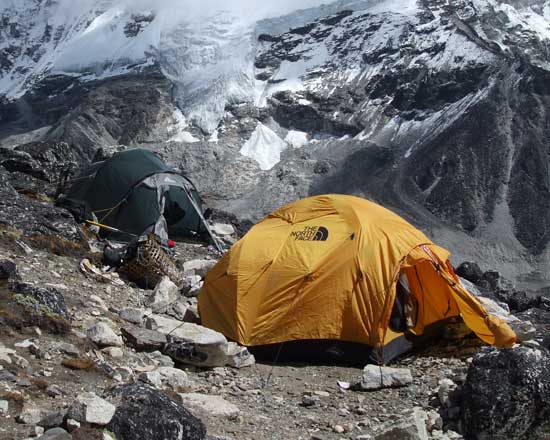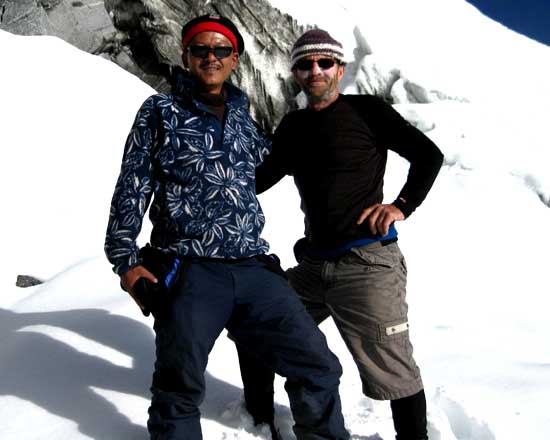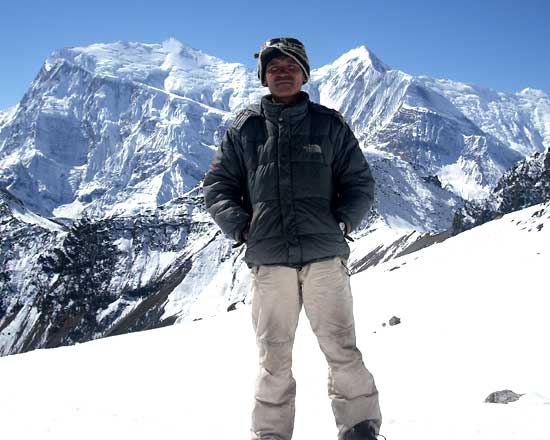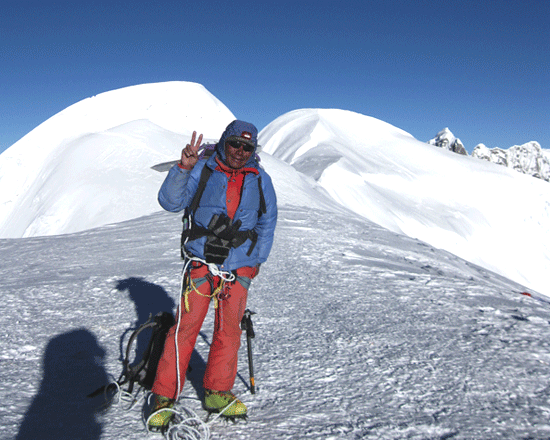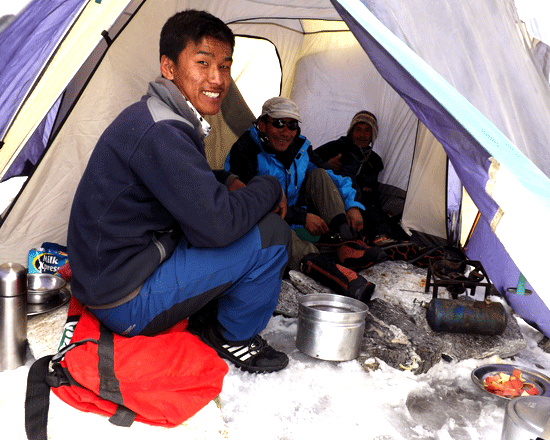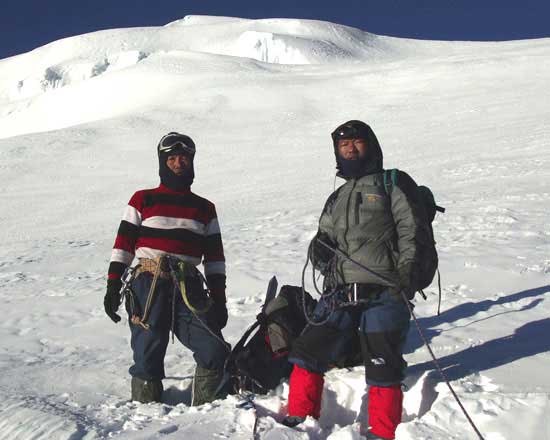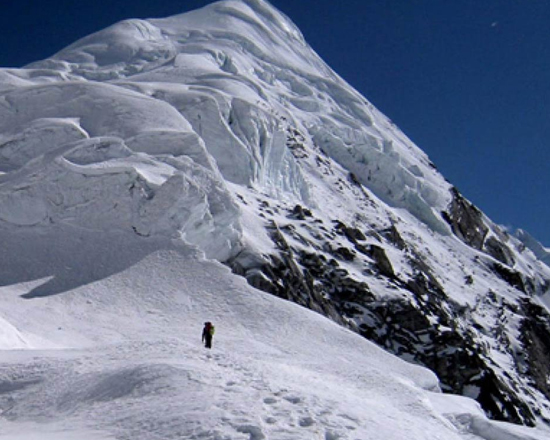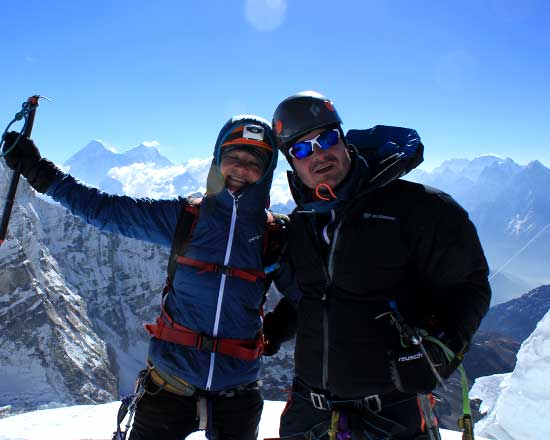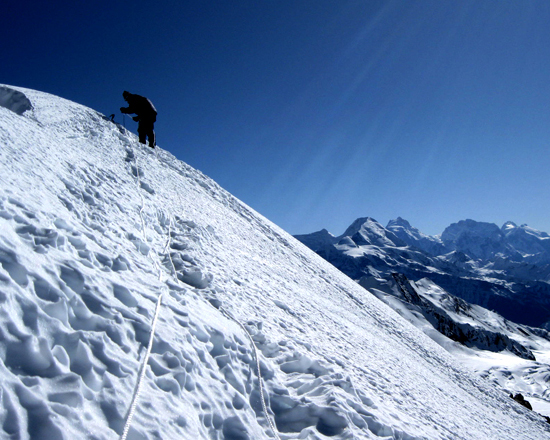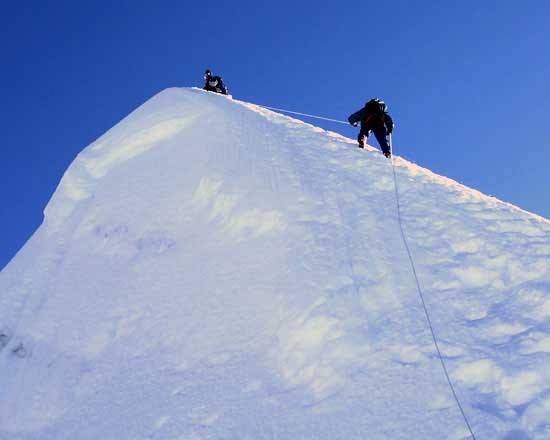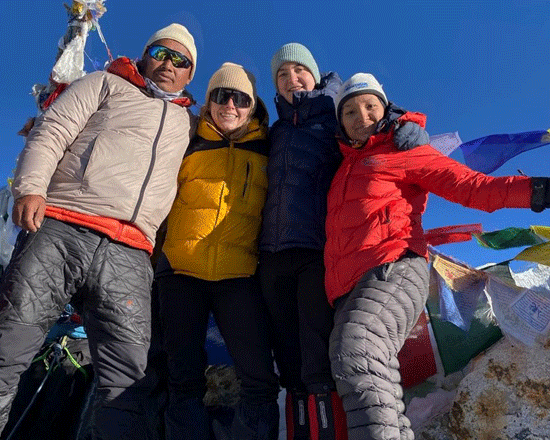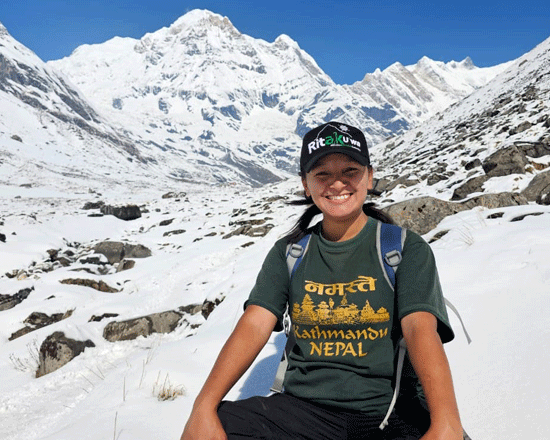Peak Climbing In Nepal
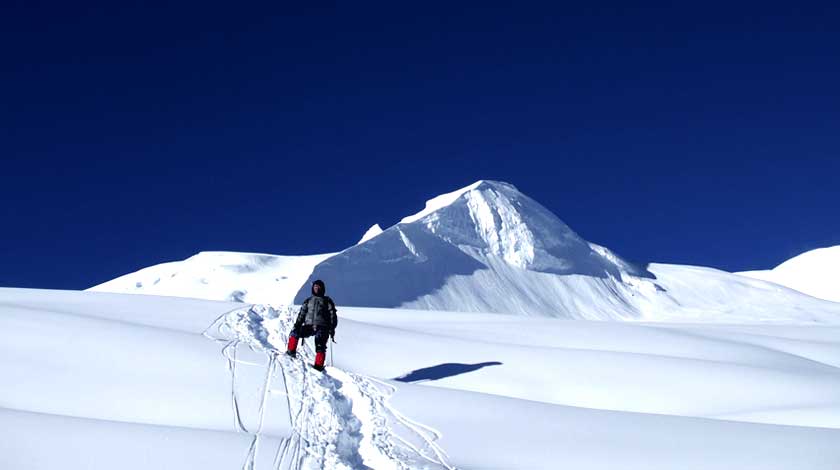
Peaks Climbing in Nepal
Peak climbing in Nepal is a popular adventure activity that allows mountaineers to summit some of the country’s smaller, less technical peaks, often referred to as “trekking peaks.” These peaks are generally less than 7,000 meters (22,965 feet) high and are more accessible than the major expeditions like Everest or Annapurna.
Some of the Popular Peaks for Climbing in Nepal remains:
- Island Peak (Imja Tse) – 6,189m (20,305 ft)
- Location: Everest region.
- Highlights: Glamorous and rich views of Everest, Lhotse, and Makalu. This requires the basic mountaineering skills.
- Difficulty: Moderate to challenging, suitable for climbers with some experience in mountaineering adventures.
- Mera Peak – 6,476m (21,247 ft)
- Location: Hinku Valley, Everest region.
- Highlights: The highest trekking peak in Nepal. This offers eye catching views of five 8,000-meter peaks.
- Difficulty: Moderate, accessible for physically and mentally fit trekkers with basic climbing skills.
- Lobuche East – 6,119m (20,075 ft)
- Location: Everest region.
- Highlights: Close-up views of Everest and surrounding peaks. Which requires the technical climbing experiences and Physical and mentally strong individuals.
- Difficulty: Challenging, requires experience in rock and ice climbing.
- Pisang Peak – 6,091m (19,983 ft)
- Location: Annapurna region.
- Highlights:Authentic views of the Annapurna range. Including the combination of trekking and climbing skills are required.
- Difficulty: Moderate, suitable for climbers with some technical skills.
- Chulu East – 6,584m (21,601 ft)
- Location: Annapurna region.
- Highlights: A combination of the classic Annapurna Circuit trek and a peak climb.
- Difficulty: Challenging, requires climbing experience of the peaks and knowlege.
- Yala Peak – 5,732m (18,806 ft)
- Location: Langtang region.
- Highlights: One of the easier trekking peaks, offering stunning views of Shishapangma (8,013m) in Tibet.
- Difficulty: Easy to moderate, suitable for beginners with good fitness. One can test the physical and mental fitness level for oneself for the climbing high Peaks.
Best Time for Peak Climbing
- Spring (March-June): Best weather conditions, clear skies, and stable temperatures.
- Autumn (September-December): Another ideal season with clear skies and moderate temperatures.
Permits and Regulations
- Trekking Peak Permit: Issued by the Nepal Mountaineering Association (NMA).
- Climbing Guide: Hiring a certified climbing guide is mandatory for safety and logistics. They help achieve the dream goal for the climber enthusiastics.
- Insurance: High-altitude climbing insurance is essential specifying the region and the peaks heading for holding the records.
Preparation and Training
- Physical Fitness: Peak climbing requires a high level of fitness, including strength, endurance, knowledge and stamina.
- Mountaineering Skills: Basic skills in ice axe use, crampons, and rope work are necessary for most peaks.
Cultural Experience
Peak climbing in Nepal often includes cultural experiences in remote villages, interactions with local Sherpas, and exposure to the region’s rich traditions. The record breakers from the valley can be captured and interacting with them to have knowledge regarding the peaks climbing. Theirs achievement can be a thrilled support for your upcoming journney.
If you’re interested in a specific peak or need more detailed information, feel free to ask!
Overviews for the Peak Climbing In Nepal
Peak climbing in Nepal offers some of the most thrilling and diverse peak climbing experiences in the world. Whether you’re a novice climber looking for an introductory adventure or an experienced mountaineer seeking high-altitude challenges, Nepal has something for everyone. Here’s a comprehensive guide to peak climbing in Nepal, including popular peaks.
Nothing beats Nepal trekking and peak climbing in Nepal to experience the great outdoors and explore nature. Each peak climbing trail features unique scenery, and there are many different trails to choose from. The Heights Mountains are a prime hub for peak climbing in Nepal, offering views of glaciers, snowcapped peaks, and lush valleys. With a little preparation and luck, you’ll have an unforgettable climbing experience.
Peak climbing in Nepal and high mountain expeditions are among the world’s most outstanding achievements. Nepal visitor tourists represent almost half of all travelers to Nepal, but only half are trekking sightseeing, and safari tourists. Several peaks in Nepal are being authorized for peak climbing by the Nepal Government.
Nepal has 1,312 mountain peaks that exceed 5,000 meters in height, and 326 of them are accessible for climbing by the Nepal government and 17 by the Nepal Mountaineering Association (NMA). The rest of the peaks are only accessible by the Nepal government through permits.
Department of Tourism.
Nepal has eight mountains over eight thousand meters high, and climbing permits are costly and need to be applied for at the Department of Tourism. The tallest mountain in the world is 8,848 meters high. Every human knows the name of this mountain: Mount Everest. The Himalayan Mountains make a beautiful country that is also welcoming for mountaineers.
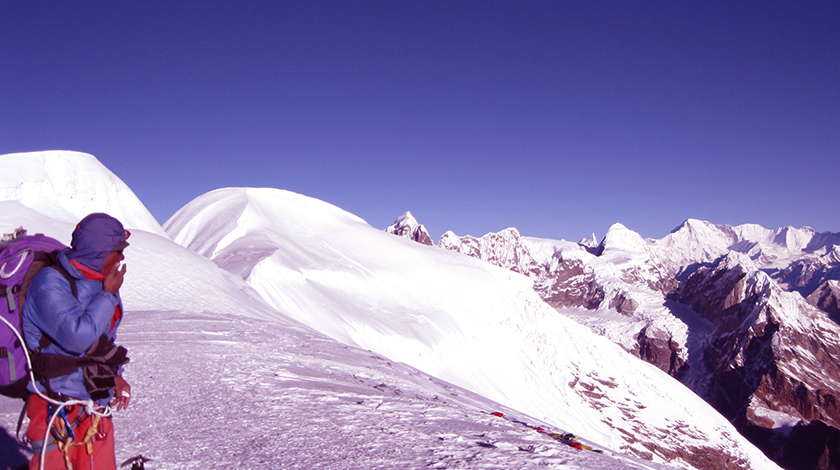
Eight of Nepal’s mountains are over eight thousand meters high. This is the name of the mountain
- Everest 8,848 m
- Lhotse 8,516 m
- Makalu 8,481 m
- Cho Oyu 8,201 m
- Dhaulagiri 8,167 m
- Manaslu 8,156 m
- Annapurna 8,091 m
- Kanchenjunga 8,586 m
In addition Peak Climbing In Nepal, there are 1,300 mountains higher than 6,000 meters. The Nepal Mountaineering Association NMA List has issued licenses to 17 summits. You can find numerous mountain peak itineraries on our site. We promise you will have a memorable experience with our expert climbing guides and teams during your Nepal peak climbing with us.
The season for climbing the Peaks
Nepal is a suitable destination to travel to throughout the year, however, for trekking and mountain climbing holidays, the spring and autumn seasons are ideal. You can climb the mountain peaks of Nepal in the autumn or anytime, with the full support and guidance of Sherpas, paying teak/climbing permit royalty to the local trekking company. The ideal and most suitable seasons for peak climbing in Nepal are spring (March to May) and autumn (September to November). It is the perfect time to trek in Nepal during these seasons. There is less rain, less snow, and a fairly warm climate in the Himalayas, which has made climbing and expeditions to the top possible.
Climbing gear is more important for Peak Climbing In Nepal. Climbing boots are more important because they need to fit snugly over the ankle and be waterproof. The rest of the gear can be rented or bought, and we can advise if you are new to climbing Nepal’s peaks.
Nepal wilderness trekking teams lead listed Peak climbing in Nepal. Ama Dablam Peak || Island Peak || Lobuche Peak || and Mera Peak are in the Everest region. In the Makalu region is Baruntse Peak. In the Annapurna Region has Pisang Peak || Chulu Far East Peak || and Tent Peak. In the Langtang region is Paldor peak || Yala Peak. In the Rolwaling region are Ramdung Peak || and Pachermo Peak.
Note: The client needs to have the skill to climb the 6,000-meter peaks in Nepal. This is if they know how to use gears like crampons, ropes, and ice axes. You can reach your goals and summits with these gears.
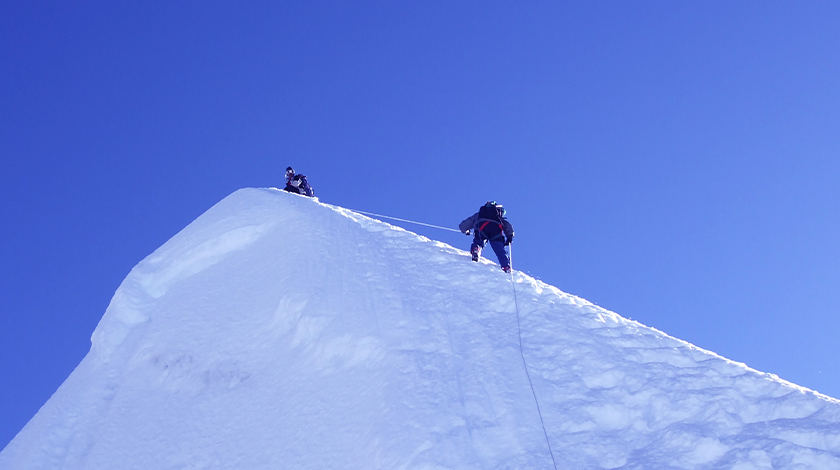
What is our identity?
Trekking and mountaineering are the main activities of Nepal Wilderness Trekking Pvt, which focuses on customer service. We are a government-authorized trekking and Peak Climbing company in Nepal that provides our customers with top-level customer satisfaction while enhancing our own experience in operating various adventure-related activities. In Nepal, high-altitude trekking, technical peak climbing, mountaineering, and expeditions are just a few of the adventure-related activities.
In addition to organizing Peak Climbing In Nepal, Nepal Wilderness Trekking PVT is also active in raising funds to develop rural areas and poor communities in Nepal. We donate 10 percent of our profits from charity trips. These donations are directed toward reforestation and the provision of educational materials to children in remote and poor areas of Nepal.
Nepal Wilderness Trekking PVT is a service-oriented company run by highly experienced trekking and mountaineering professionals. We are a government-authorized trekking and expedition company that organizes a variety of outdoor activities in Nepal, such as high-altitude trekking, technical peak climbing, mountaineering, and expeditions with other adventure-related activities.
Nepal Wilderness Trekking PVT not only organizes trips but also contributes actively to raising funds for the development of poor and rural areas in Nepal. We donate 10 percent of our profit from our trips to charity every year. Nepal is using this for social work such as reforestation and providing educational materials to poor children in remote and poor areas.
So, you have to know that you are supporting a company that operates its treks according to standards that provide respectful, safe, and fair working conditions not only in Nepal but on all trips.

